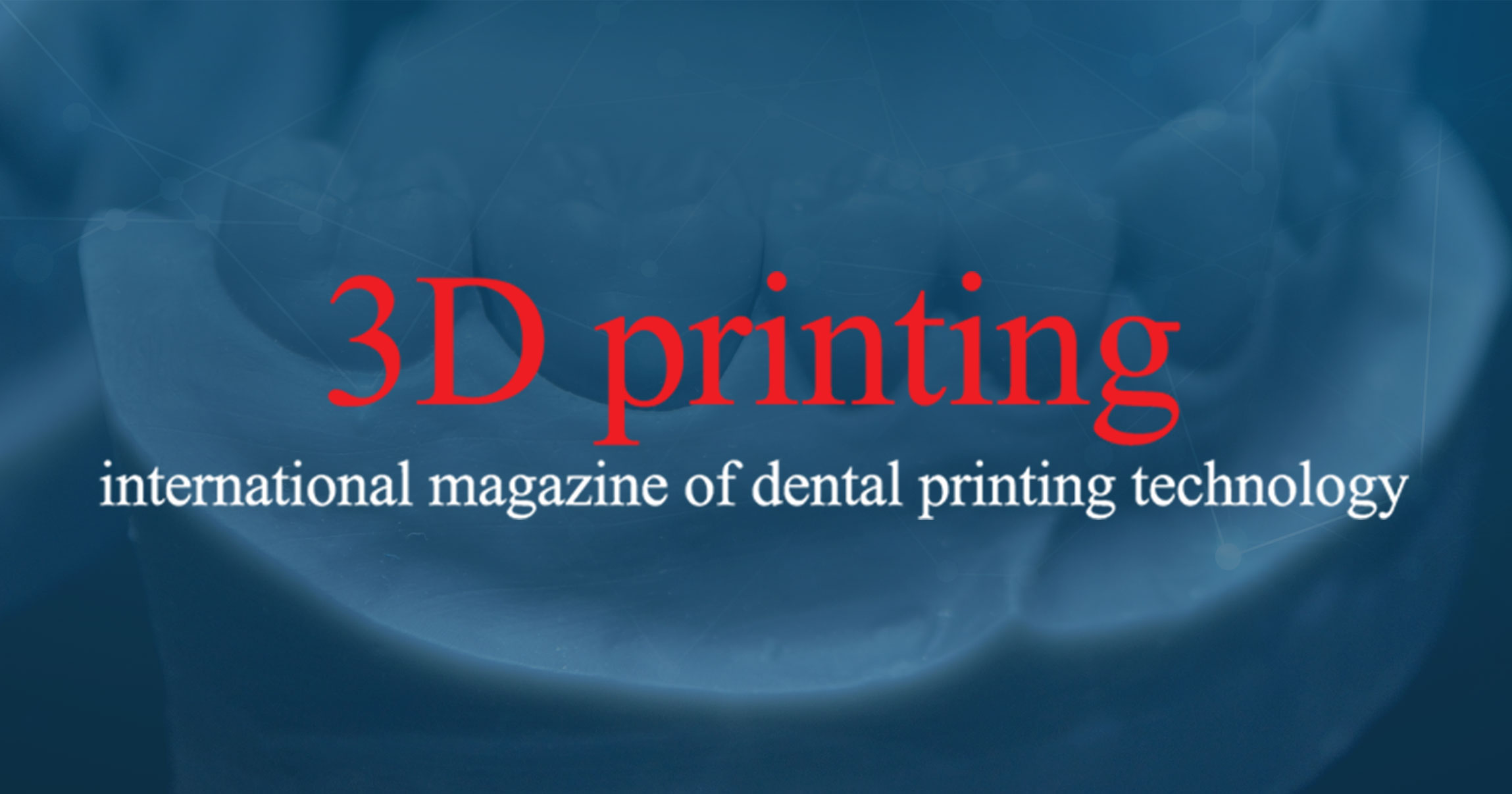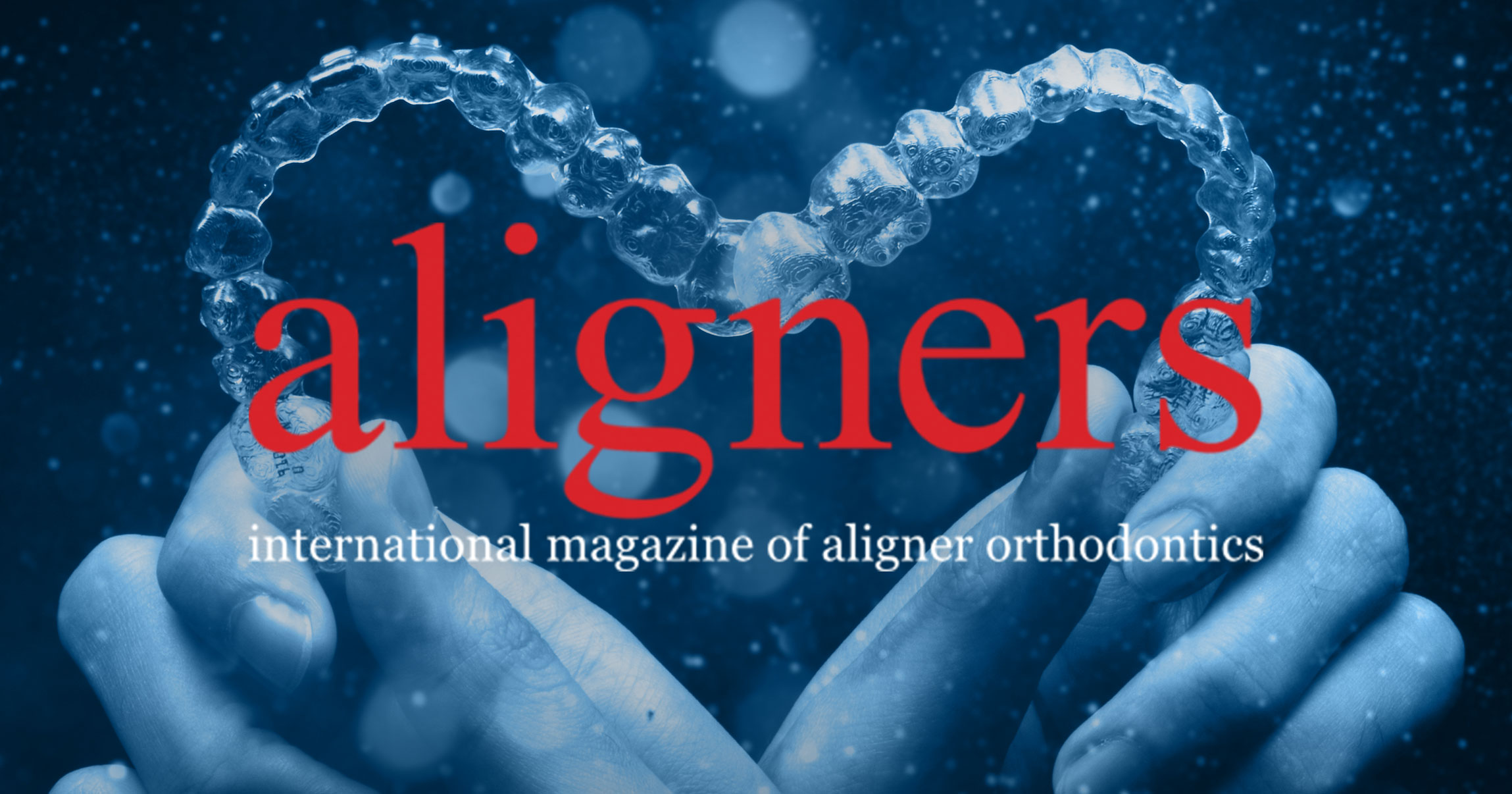HUDDINGE, Sweden & RIYADH, Saudi Arabia: Sometimes a little distraction is all it takes to lessen children’s fear of the dentist and consequently improve treatment outcomes. In a clinical trial jointly conducted by researchers in Sweden and Saudi Arabia, children who watched cartoons through video glasses during treatment exhibited significantly less anxiety and showed more cooperation than did children who had no audiovisual distraction.
Dental anxiety is very common in children. It is estimated that about one in five school-aged children are afraid to visit the dentist to some degree. Studies have shown that children with dental phobia experience more dental pain and are more disruptive during treatment. Investigating means to address these anxiety issues in a child-oriented manner, the present study evaluated the effectiveness of viewing videotaped cartoons with an eyeglass system, Merlin i-theatre (Merlin Digital General Trading), in a group of children receiving dental restorative treatment.
The study examined 56 children of 7–9 years of age in three separate treatment visits that involved an oral examination, injection with a local anaesthetic and tooth restoration. The treatment was undertaken at a dental clinic at King Saud University in Saudi Arabia. All of the children involved had exhibited some kind of dental anxiety in the past and were referred to the clinic for behaviour management. In the trial, one half was randomly chosen to watch their favourite cartoons through the eyeglasses, while the control group had no audiovisual distraction during treatment.
When measuring anxiety levels and cooperative behaviour in both groups, the researchers found that the children in the distraction group exhibited significantly less anxiety and showed more cooperation—particularly during the local anaesthetic injection—than the control group did.
In determining indirect measures of anxiety, such as vital signs, including blood pressure and pulse, they further found that the average pulse rate of children without video distraction was significantly higher during the injection than in children in the distraction group. However, the children themselves, who rated their perceived treatment-related pain and anxiety during each procedure, did not echo this difference.
Although further studies are necessary in order to confirm the value of the method in general clinical settings, the results of the trial suggest that audiovisual distraction may be a useful technique to calm children with dental phobia and ensure that they can be given the dental treatment they need, the researchers concluded.
The study, titled “Effects of audiovisual distraction on children’s behaviour during dental treatment: A randomized controlled clinical trial”, was published online on 13 July in the Acta Odontologica Scandinavica journal.



 Albania / Albania
Albania / Albania
 Austria / Österreich
Austria / Österreich
 Bosnia and Herzegovina / Босна и Херцеговина
Bosnia and Herzegovina / Босна и Херцеговина
 Bulgaria / България
Bulgaria / България
 Croatia / Hrvatska
Croatia / Hrvatska
 Czech Republic & Slovakia / Česká republika & Slovensko
Czech Republic & Slovakia / Česká republika & Slovensko
 Denmark / Danmark
Denmark / Danmark
 Finland / Suomi
Finland / Suomi
 France / France
France / France
 Germany / Deutschland
Germany / Deutschland
 Greece / ΕΛΛΑΔΑ
Greece / ΕΛΛΑΔΑ
 Italy / Italia
Italy / Italia
 Netherlands / Nederland
Netherlands / Nederland
 Nordic / Nordic
Nordic / Nordic
 Poland / Polska
Poland / Polska
 Portugal / Portugal
Portugal / Portugal
 Romania & Moldova / România & Moldova
Romania & Moldova / România & Moldova
 Slovenia / Slovenija
Slovenia / Slovenija
 Serbia & Montenegro / Србија и Црна Гора
Serbia & Montenegro / Србија и Црна Гора
 Spain / España
Spain / España
 Sweden / Sverige
Sweden / Sverige
 Switzerland / Schweiz
Switzerland / Schweiz
 Turkey / Türkiye
Turkey / Türkiye
 UK & Ireland / UK & Ireland
UK & Ireland / UK & Ireland
 International / International
International / International
 Brazil / Brasil
Brazil / Brasil
 Canada / Canada
Canada / Canada
 Latin America / Latinoamérica
Latin America / Latinoamérica
 USA / USA
USA / USA
 India / भारत गणराज्य
India / भारत गणराज्य
 Japan / 日本
Japan / 日本
 Pakistan / Pākistān
Pakistan / Pākistān
 Vietnam / Việt Nam
Vietnam / Việt Nam
 ASEAN / ASEAN
ASEAN / ASEAN
 Israel / מְדִינַת יִשְׂרָאֵל
Israel / מְדִינַת יִשְׂרָאֵל
 Algeria / الجزائر
Algeria / الجزائر
 Middle East (english) / Middle East (english)
Middle East (english) / Middle East (english)
:sharpen(level=0):output(format=jpeg)/up/dt/2023/02/align1.jpg)
:sharpen(level=0):output(format=jpeg)/up/dt/2022/11/Dentistry-scrapes-through-third-quarter-check-up.jpg)
:sharpen(level=0):output(format=jpeg)/up/dt/2022/11/PICS1-2.jpg)
:sharpen(level=0):output(format=jpeg)/up/dt/2022/10/Poor-periodontal-health-and-tooth-loss-linked-with-cognitive-decline-and-dementia.jpg)
:sharpen(level=0):output(format=jpeg)/up/dt/2022/09/China-caps-cost-of-implant-therapy-1-1.jpg)







:sharpen(level=0):output(format=jpeg)/up/dt/2010/02/logo-3DISC-et-baseline-fond-blanc.jpg)
:sharpen(level=0):output(format=png)/up/dt/2022/01/HASSBIO_Logo_horizontal.png)
:sharpen(level=0):output(format=png)/up/dt/2013/04/Dentsply-Sirona.png)
:sharpen(level=0):output(format=png)/up/dt/2019/04/logo.png)
:sharpen(level=0):output(format=png)/up/dt/2015/09/Curaden.png)
:sharpen(level=0):output(format=png)/up/dt/2014/02/3shape.png)
:sharpen(level=0):output(format=jpeg)/up/dt/2022/08/DTCHI_0322_FINAL.jpg)
:sharpen(level=0):output(format=jpeg)/up/dt/e-papers/307114/1.jpg)
:sharpen(level=0):output(format=jpeg)/up/dt/e-papers/302868/1.jpg)
:sharpen(level=0):output(format=jpeg)/up/dt/e-papers/295582/1.jpg)
:sharpen(level=0):output(format=jpeg)/up/dt/e-papers/274907/1.jpg)
:sharpen(level=0):output(format=jpeg)/up/dt/e-papers/271655/1.jpg)
:sharpen(level=0):output(format=jpeg)/up/dt/2023/01/web0115.jpg)
:sharpen(level=0):output(format=jpeg)/up/dt/2022/11/FDI-Sydney-2023_shutterstock.jpg)
:sharpen(level=0):output(format=jpeg)/up/dt/2022/12/Singapore_Marina-Sands-Bay_evening_1920x1080.jpg)
:sharpen(level=0):output(format=jpeg)/up/dt/2017/01/b5264e5f859b0f6e1ed85a829b7de8be.jpg)

:sharpen(level=0):output(format=gif)/wp-content/themes/dt/images/dt-user.gif)
:sharpen(level=0):output(format=jpeg)/up/dt/2020/06/Digital-Dental-Show-Amann-Girrbach-virtual-exhibition-stand-offers-added-value.jpg)
:sharpen(level=0):output(format=jpeg)/up/dt/2019/09/Sino-Dental-2019.jpg)
:sharpen(level=0):output(format=jpeg)/up/dt/2017/09/resize_1505392105_uploads_images_0d0257a0acd6f430ccd6c124c9f05955_jpg_610x0_85.jpg)
:sharpen(level=0):output(format=jpeg)/up/dt/2021/06/g-cem-one-780x439-.jpg)
:sharpen(level=0):output(format=jpeg)/up/dt/2017/01/da4c4ee08cb27e23c7789e106921e371.jpg)
:sharpen(level=0):output(format=jpeg)/up/dt/2017/01/dad065f30b5832af73f1b730316e6180.jpg)
:sharpen(level=0):output(format=jpeg)/up/dt/2017/01/759a56eb57fde947e63ce8aa90f01970.jpg)
:sharpen(level=0):output(format=jpeg)/up/dt/2021/06/goldbd1.jpg)
:sharpen(level=0):output(format=jpeg)/up/dt/2018/09/DSC_0002.jpg)
:sharpen(level=0):output(format=jpeg)/up/dt/2017/07/UHA-dentaclear-lozenges.jpg)
:sharpen(level=0):output(format=jpeg)/up/dt/2017/04/resize_1491735802_uploads_images_07a913641a7d356b8befd6b0911f6743_jpg_610x0_85.jpg)


















:sharpen(level=0):output(format=jpeg)/up/dt/2023/02/align1.jpg)
:sharpen(level=0):output(format=jpeg)/up/dt/2022/11/Dentistry-scrapes-through-third-quarter-check-up.jpg)
:sharpen(level=0):output(format=jpeg)/up/dt/2022/11/PICS1-2.jpg)
:sharpen(level=0):output(format=jpeg)/up/dt/e-papers/307114/1.jpg)
:sharpen(level=0):output(format=jpeg)/up/dt/e-papers/302868/1.jpg)
:sharpen(level=0):output(format=jpeg)/up/dt/e-papers/295582/1.jpg)
:sharpen(level=0):output(format=jpeg)/up/dt/e-papers/274907/1.jpg)
:sharpen(level=0):output(format=jpeg)/up/dt/e-papers/271655/1.jpg)
:sharpen(level=0):output(format=jpeg)/up/dt/2022/08/DTCHI_0322_FINAL.jpg)
:sharpen(level=0):output(format=jpeg)/up/dt/e-papers/311322/2.jpg)



